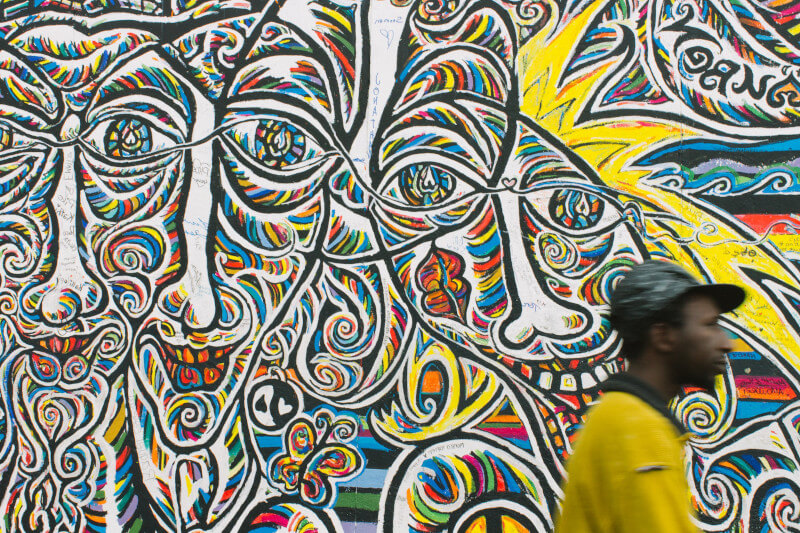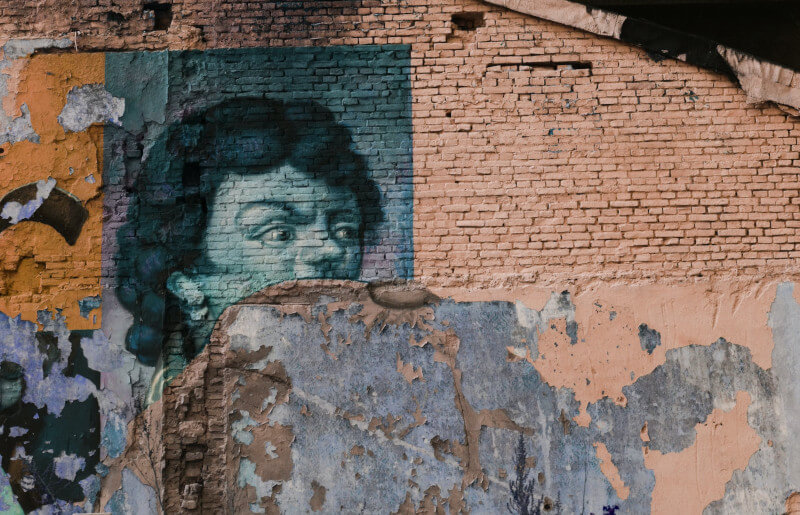A continent’s secret history is brought to life in every paint brush stroke, chisel mark, and a strand of weaving. Agnes Etherington Art Centre at Queen’s University, Kingston, Canada houses 600 works of art from 19 West African countries waiting to tell these tales. The large collection, known as the Justin and Elisabeth Lang Collection, takes the viewer on a journey through the colourful history and culture of Africa as depicted in the artworks. But it’s not only about looking back; it’s also about revitalising and appreciating African culture and community in the present.
Layered Assortment
The Lang Collection testifies to the rich history of African art in its many forms over the centuries. After being moulded in African communities, these objects made their way to European art markets, flourished in a Canadian private collection, and are now a prized treasure of a university museum.
The history of this collection is mysterious. The stories of the objects’ creation and early transactions are unknown, even if we know their provenance, material composition, and proportions. ‘Knowing the background of production is vital,’ says South African artist and cultural critic Thabo Mokoena. It’s what makes an artwork expressive and alive.
Rethinking the Decolonization of Cultural Institutions
Today, as the cultural environment evolves away from the colonial bias that once defined it, curatorial practices present an ideal opportunity for change.
Decolonization of cultural spaces entails returning agency to the work and the communities it represents, according to Patricia Kaersenhout, a Dutch visual artist and cultural activist of Surinamese heritage. The goal is to give a voice to the voiceless and a face to the invisible. It means giving Africans a chance to tell their tales through art.
Giving Voice to Hidden Gems
The Agnes Etherington Art Centre ‘With Opened Mouths’ exhibition was an important step in breaking the taboo around the Lang Collection. This exhibition ditched the standard museum display format in favour of contemporary African signage and a podcast series to bring the discussion beyond the institution’s doors.
Respected Nigerian-Canadian artist Oluseye Ogunlesi was a recent podcast guest, and he shed some light on the event, saying, “The exhibition provided a platform for us artists to engage with the community.” It allowed us to breathe new life into the archive, turning it into a teeming cross-cultural dialogue.
The Lang Collection enters a new era this July. The entire archive is being transferred out of the basement and into a more visible part of the university’s grounds. The revealing of these long-lost riches to the living world marks a watershed point in time. ‘Vulindlela! Out the Gates, named after a song by South African music star Brenda Fassie that became popular after apartheid ended, is a procession that marks this departure.
“The event is a celebration of our commitment to valuing the living significance of these artworks and acknowledging their African origins,” said the curator of the Agnes Etherington Art Centre. It’s not only about the artwork; it’s also about the people who made it, the communities it represents, and the African heritage it honours.
Using Creative Expression to Honour African Culture
By honouring the Lang Collection, we are also honouring the unsung African artists and cultures that shaped these pieces. This assemblage attests to their mastery, originality, and exposure to different cultures. Agnes Etherington Art Centre’s forward-thinking curatorial practices open the way for a broader, deeper, and more joyous appreciation of African art. Africa reveals its secrets in every work of art. It’s time for us to listen.
About the Author:
Edmore Nkosi is a riveting South African journalist, specialising in entertainment and current affairs. With his unique ability to blend pop culture with real-world events, Edmore has carved a niche in providing captivating narratives that resonate with a diverse readership.




